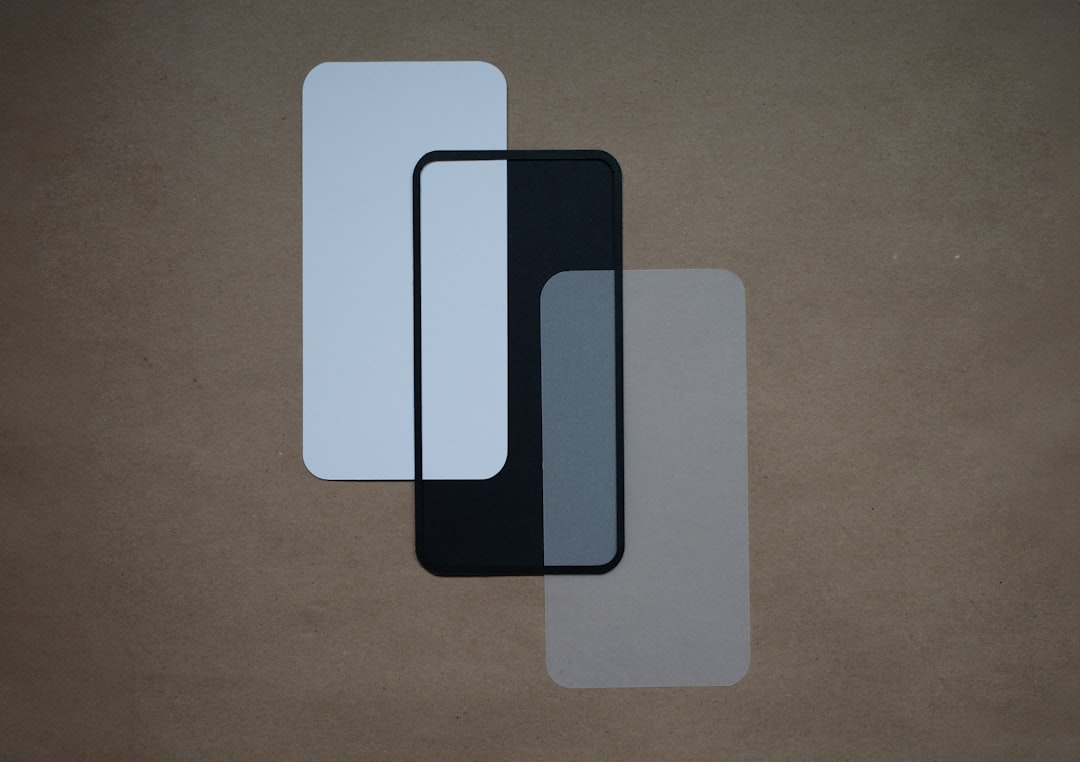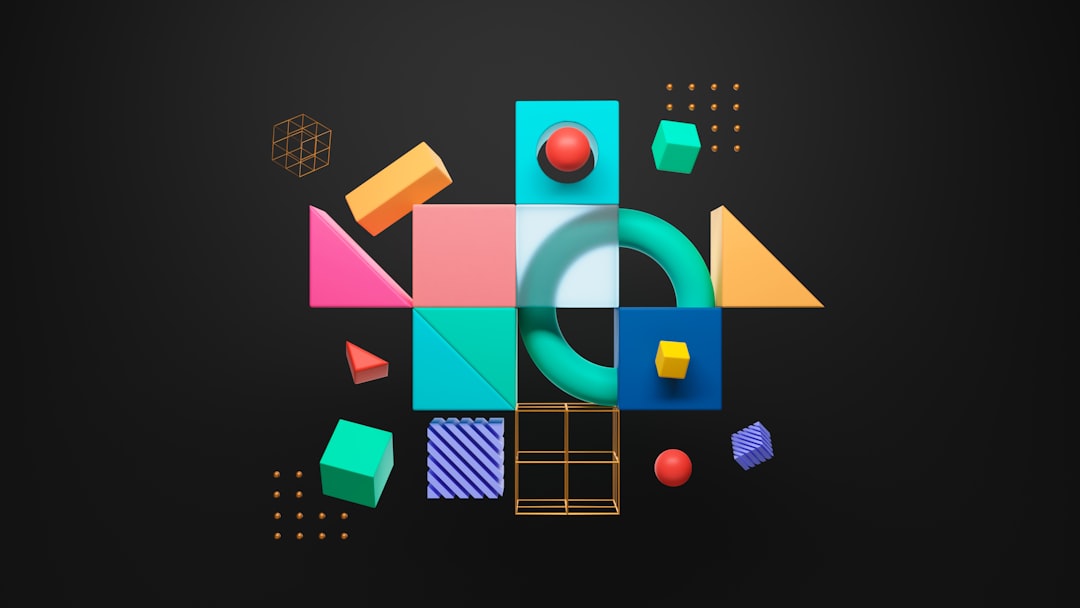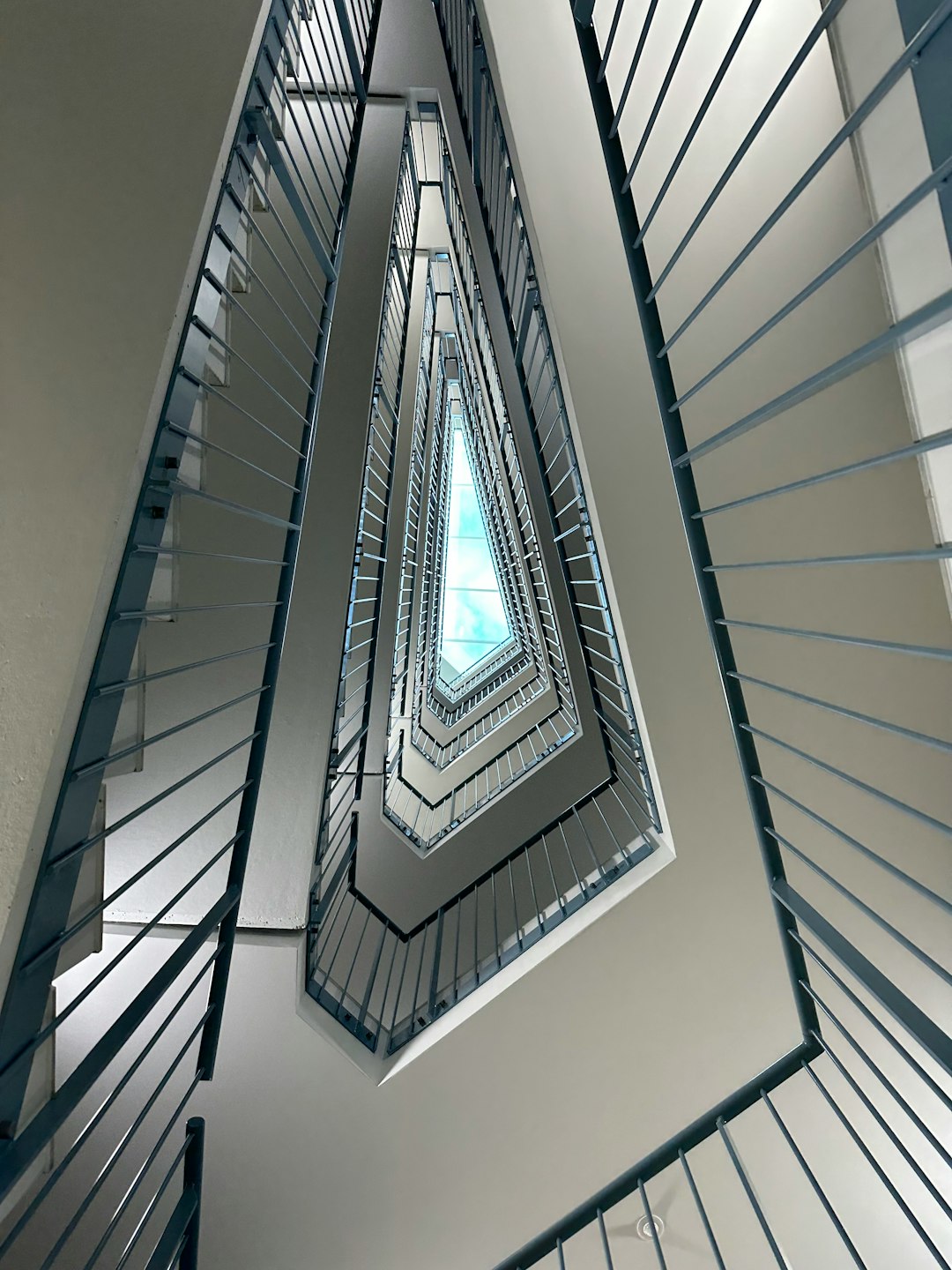In the world of interior design and architecture, branding is everything. A memorable logo can convey the essence of a firm’s style, philosophy, and creative vision at just a glance. Whether minimalistic or bold, the right logo can make a lasting first impression that distinguishes one business from the competition. This article explores nine inspiring logo concepts ideal for professionals in interior design and architecture.
TLDR: Logos for interior designers and architects should reflect creativity, vision, and professionalism. Popular concepts include minimalism, geometry, monograms, and abstract representations of space. Personalization and scalability are also vital to a successful design. Explore these nine ideas to spark inspiration for your firm’s visual identity.
1. Minimalist Monograms
Clean, simple, and elegant monograms never go out of style. Combining the initials of a designer or architecture firm into a sleek design is an effective way to present professionalism while staying visually appealing. Monograms offer flexibility in branding across print materials, signage, and digital platforms.
Opting for thin lines, negative space, and modern typefaces enhances the contemporary and luxurious feel many design firms aim for.

2. Negative Space Symbols
Negative space can be a powerful element in logo design. Architects and interior designers often work with spatial awareness, and a logo using hidden or implied imagery through negative space subtly nods to this connection. For instance, a logo might use white space between letters to reveal a building silhouette or a doorway.
This technique not only adds sophistication but also encourages the viewer to look twice, creating a more engaging visual experience.
3. Blueprint-Inspired Logos
Blueprints are synonymous with architecture, and using blueprint elements in a logo instantly creates a thematic coherence. Line art, grid patterns, dimension annotations, and ruler elements can all subtly reference the technical artistry of the discipline. These logos can maintain a modern aesthetic while symbolizing precision and structure.
Using a subtle blue-and-white color palette furthers the blueprint effect for immediate recognizability.
4. Geometric Abstraction
Geometry lies at the core of both architectural frameworks and design layouts. Logos that use geometric shapes – circles, triangles, rectangles, or polygons – can emphasize balance, rhythm, and form. A well-arranged set of shapes can represent everything from floor plans to structural harmony.

Playing with dimensions and shadowing within the geometric forms can add a level of depth, creating an impactful visual cue for design expertise.
5. Simplified Floor Plans
Floor plans immediately signal design and spatial planning. Streamlining a basic outline of a room or building layout into a recognizable icon can be a strong nod to architectural services. This concept works well especially when customized to reflect the specific niche of the firm – whether it’s commercial, residential, or bespoke projects.
It’s important to prioritize clarity and avoid clutter by simplifying elements so the logo remains readable and scalable.
6. Abstract Initials Within Shapes
This concept blends the formal structure of a monogram with a visual communication style that encompasses creativity. Designers can place their initials within architectural forms like arches, windows, or framing elements. This emphasizes the relationship between the individual’s identity and their design work.
Such a logo works beautifully on business cards and digital profiles, reinforcing a sophisticated and personal brand identity.
7. Nature-Integrated Designs
For interior designers focusing on sustainability or biophilic design, integrating organic elements like leaves, branches, or earth tones into the logo can reinforce the firm’s commitment to nature-inspired spaces. These logos convey not just aesthetics but values.
They pair especially well with soft serif fonts or handwritten lettering, offering warmth alongside professionalism.
8. Modern Serif Typography
Sometimes, the simplest logos are the most effective. A typographic logo using a modern, customized serif font can exude authority, history, and elegance. Serif typefaces are making a big comeback in branding, offering timelessness with a contemporary twist.
Customizing a serif font with unique ligatures or spacing ensures that the logo is not only timeless but original. This minimal yet impactful approach is perfect for firms wanting a refined brand presence.
9. Perspective and 3D Illusions
Designers and architects often play with depth and perspective. Integrating these storytelling dimensions into logos – such as staircases, vanishing points, or isometric icons – resonates with the industry’s core visual language. A good 3D illusion can bring energy and motion to otherwise static branding elements.
Use of shading and isometric lines can create a tactile, memorable impression.

Choosing the Right Concept
Selecting the best logo design ultimately depends on the firm’s niche, client base, and core design philosophy. Whether focused on modern minimalism or classical proportion, a strong logo should convey consistency in tone and evoke trust and style. A successful logo should also be:
- Versatile: Works across business cards, portfolios, websites, and merchandise.
- Scalable: Looks equally strong in both small and large formats.
- Unique: Stands out among competitors and represents the firm’s individuality.
- Timeless: Avoids unnecessary trends that may become outdated.
Logo Design Tips for Designers and Architects
Here are a few helpful strategies when creating or revamping a logo:
- Begin with sketches and mood boards for inspiration before jumping into digital design.
- Research competitors’ logos to identify common tropes and ways to stand out.
- Test whether the logo resonates with your target audience through surveys or social media feedback.
- Make sure the logo functions in black and white as effectively as in color.
Conclusion
For interior designers and architects, a logo is more than a mark—it’s a reflection of their creative identity and business values. From minimalist monograms and abstract geometry to floor plan outlines and nature elements, the possibilities are broad. The key is creating a logo that represents the firm’s unique design philosophy while maintaining functionality and elegance.
Whether you’re launching a new studio or refreshing an existing brand, consider these nine concepts as foundational ideas to inspire your branding journey.
FAQ
What type of logo is best for interior designers?
A minimal, sophisticated logo like a monogram or typographic design works well for interior designers. It reflects elegance and professionalism while remaining adaptable across various mediums.
Should architects use abstract logos?
Yes, abstract logos that utilize geometry or perspective can symbolize creativity and design thinking. They also lend themselves well to scalable and modern branding applications.
How do I know if my logo is good?
A good logo is memorable, versatile, scalable, and relevant to your design philosophy. It should also resonate with your target audience and reflect the tone and character of your firm.
Can I create my own logo, or should I hire a designer?
If you have design experience, you might experiment with ideas on your own. However, hiring a professional designer ensures depth, originality, and the technical quality needed for a polished and usable logo across platforms.
What colors are best for architecture and interior design logos?
Neutral tones—such as black, white, gray, and beige—are commonly used for a clean and timeless feel. However, accent colors like gold, forest green, or navy blue can add a distinctive and luxurious touch depending on your brand identity.
